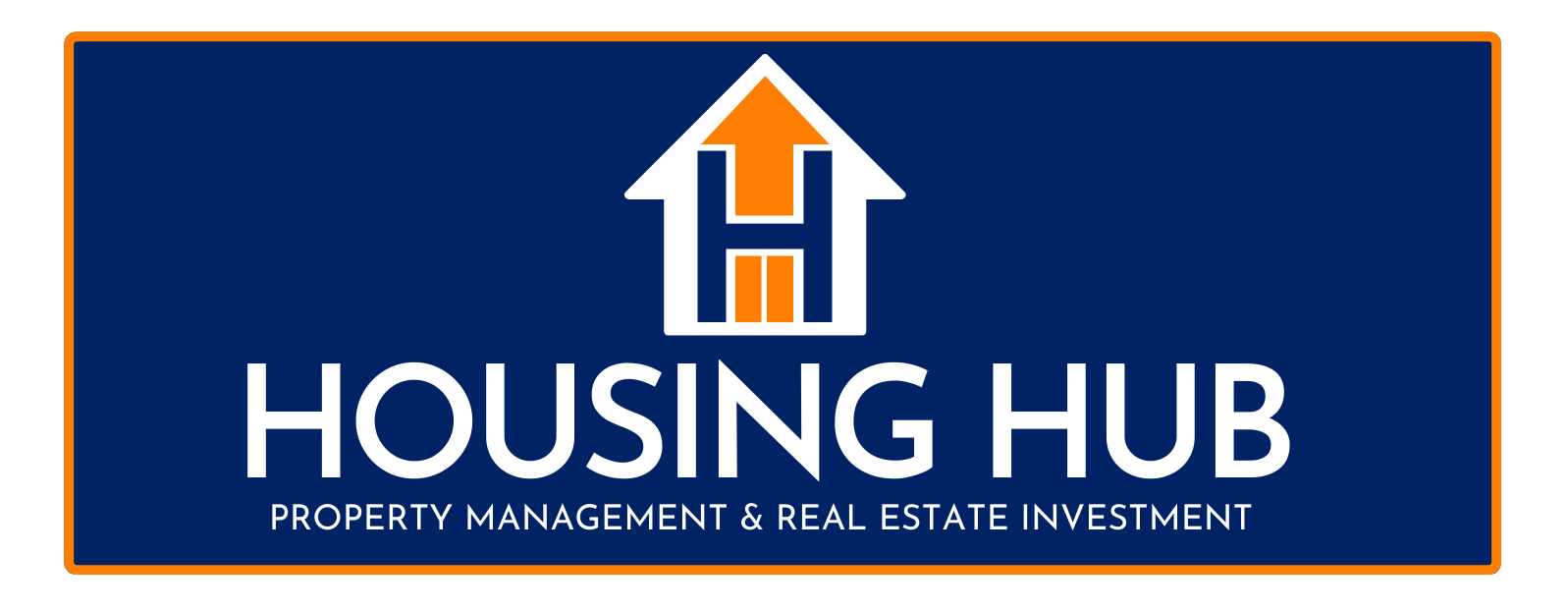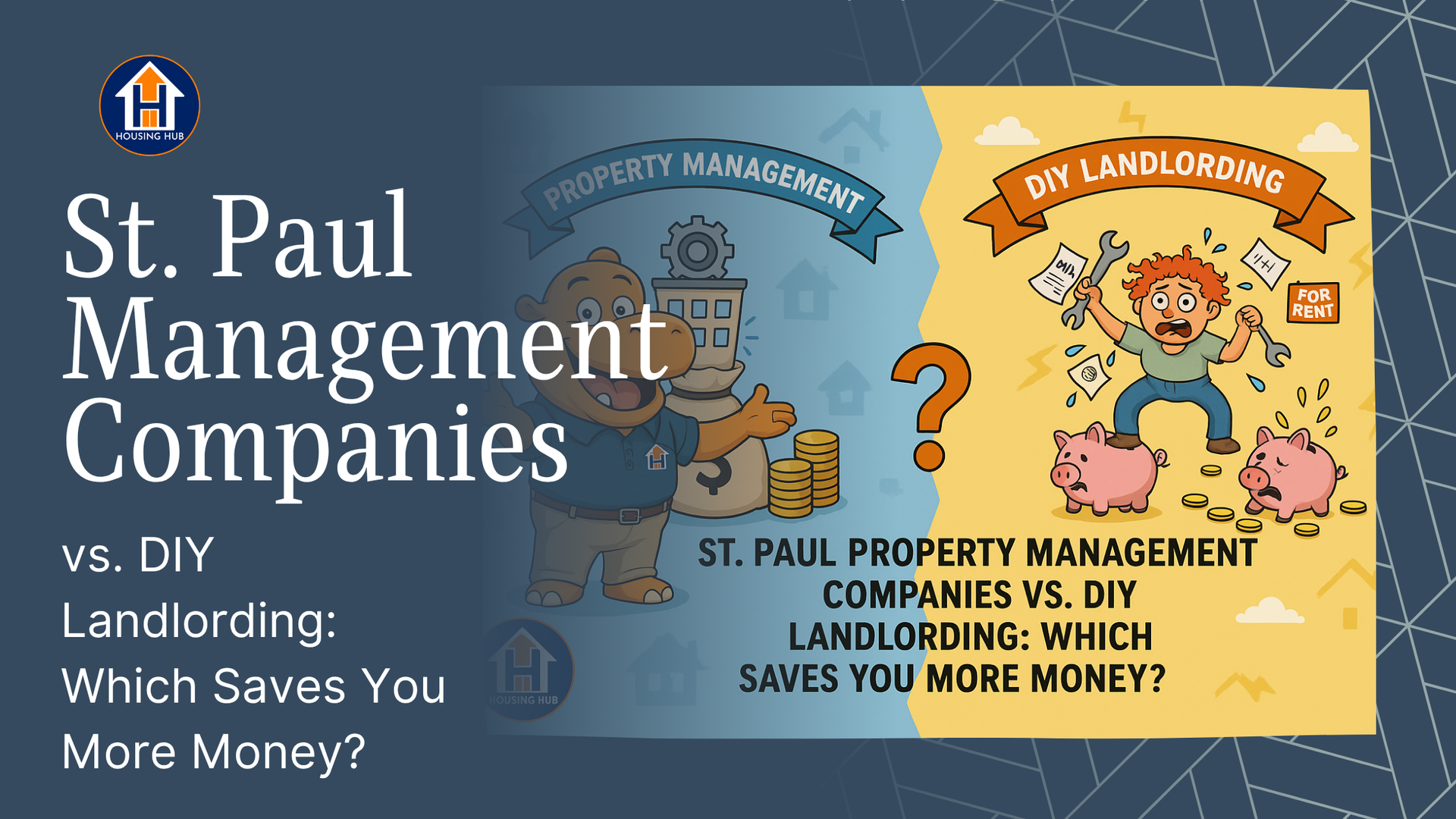Emergency Maintenance Tips Every Landlord Should Know
Being a landlord comes with its share of responsibilities, and handling emergency maintenance is a critical aspect. Whether it’s a burst pipe or a power outage, the ability to act swiftly can prevent issues from escalating and keep tenants safe and satisfied. Knowing which situations require immediate attention versus those that can wait is an essential skill for property owners.
Preparedness is vital when managing rental properties. Having a clear action plan for emergencies can alleviate stress and minimize damage. It helps landlords stay organized and ready to tackle unexpected problems effectively. This preparation extends to tenants as well. Educating them on emergency procedures ensures they know the right steps to take, keeping everyone informed and safe.
Equipping yourself with the right tools and supplies is crucial for handling emergency maintenance efficiently. A well-stocked toolkit enables quick fixes, reducing downtime and costs. Additionally, incorporating preventive maintenance practices can lessen the frequency of emergencies. Regular checks and tenant education contribute to a well-maintained property, fostering a secure living environment. This approach not only safeguards the property but also enhances the overall rental experience.
Recognizing Emergency Situations
Being able to recognize an emergency maintenance situation is critical for landlords. Some common issues that require urgent attention include severe water leaks, electrical failures, gas leaks, and structural damage. These problems can pose safety hazards to tenants and cause significant property damage if not addressed promptly. For example, a burst pipe can quickly flood areas, leading to water damage and mold growth. Meanwhile, electrical outages or faults can be dangerous if not tackled immediately.
Differentiating between urgent and non-urgent repairs helps prioritize which issues need immediate action. Urgent repairs are those that impact tenants' health and safety or may cause severe property damage. Examples include heating failures in freezing weather, sewage backups, or roof leaks during heavy rain. Non-urgent repairs, on the other hand, are those that do not pose immediate threats, such as a broken cabinet handle or a minor plumbing drip. Understanding this distinction allows landlords to allocate resources effectively and maintain a safe living environment.
Landlords can establish clear guidelines for recognizing emergencies by creating a checklist that outlines what constitutes an emergency and providing examples for tenants. Familiarity with common issues and establishing a system for assessing their urgency are invaluable skills for effective property management. This proactive approach enhances tenant satisfaction and protects the property.
Preparing for Immediate Action
Preparation plays a vital role when dealing with emergency maintenance situations. One of the first steps is to create an emergency contact list. This list should include numbers for local emergency services, reliable contractors, maintenance staff, and utility providers. Having a readily accessible contact list ensures that landlords can quickly reach the right help when an issue arises.
Equally important is educating tenants about what to do during an emergency. Clear communication helps tenants know how to react and who to contact in urgent situations. This includes instructing them on how to shut off water, gas, or electricity if necessary, and whom to call for specific types of emergencies. A tenant handbook or guide that outlines these procedures can be a helpful reference.
Having a clear action plan for emergencies minimizes response time and reduces the impact of the situation. Regularly updating contact information and conducting annual check-ins with contractors ensures readiness. Consider conducting occasional drills or briefings with tenants to review emergency protocols and answer questions.
By taking these preparatory steps, landlords create a safer and more efficient response system. This readiness not only helps address emergencies effectively but also builds trust with tenants, showing that their safety and well-being are prioritized in property management.
Essential Tools and Supplies Every Landlord Needs
Having the right tools and supplies at hand is crucial for quickly addressing emergency repairs. Landlords should equip themselves with a basic toolkit composed of essential items. Key tools include a reliable flashlight, adjustable wrench, pliers, screwdriver set, and a utility knife. These tools cover a broad range of repairs and are indispensable for tackling immediate issues on the spot.
In addition to tools, stocking up on repair supplies can greatly expedite the resolution of common problems. Consider keeping an assortment of items such as plumbing tape, fuses, basic light bulbs, sealant, and duct tape. For plumbing emergencies, having spare faucet washers and faucet handles can be highly beneficial. These supplies allow for temporary fixes that prevent further damage until professional help can be secured.
Develop a habit of regularly checking the inventory of these items and replenishing them as needed. By maintaining a well-equipped toolkit and supply stock, landlords can respond effectively to emergencies, providing peace of mind for both themselves and their tenants. This proactive approach helps mitigate damage and ensures repairs are carried out swiftly, minimizing disruption to the rental property.
Best Practices for Preventive Maintenance
Preventive maintenance is a vital strategy in reducing the likelihood of emergencies. Regularly scheduled checks on key systems and structural components can identify potential issues before they become major problems. Inspect areas like roofs, gutters, plumbing, and electrical systems to ensure they are in good working order. Checking for leaks, ensuring wiring is safe, and cleaning out gutters can prevent common issues from escalating.
Educating tenants plays a crucial role in preventive maintenance. Encourage tenants to report minor issues before they become significant problems. Provide them with clear guidelines on what signs to look for, such as water stains on the ceiling or unusual noises in plumbing fixtures. This partnership between landlord and tenant helps catch problems early.
Incorporate seasonal checks into your routine. For instance, inspect heating systems in the fall and air conditioning units in the spring. Checking weather stripping and insulation periodically ensures maximum efficiency and safety. By implementing these practices, landlords can maintain a safe and comfortable environment for tenants while protecting the property's long-term value.
Conclusion
Emergency maintenance is an inevitable aspect of property management, but landlords who are prepared can handle these situations with confidence. Recognizing the signs of an emergency, having a clear plan of action, and equipping oneself with essential tools and preventive strategies are key components of effective management. This proactive attitude not only safeguards the property but also fosters a trustworthy relationship with tenants.
At Housing Hub, we understand the challenges landlords face when managing rental properties. Our expert team is ready to assist with all aspects of property management, from maintenance to tenant relations. If you're looking for professional support to enhance your property management approach, contact Housing Hub, a housing company, today and see how we can simplify and improve your experience.






